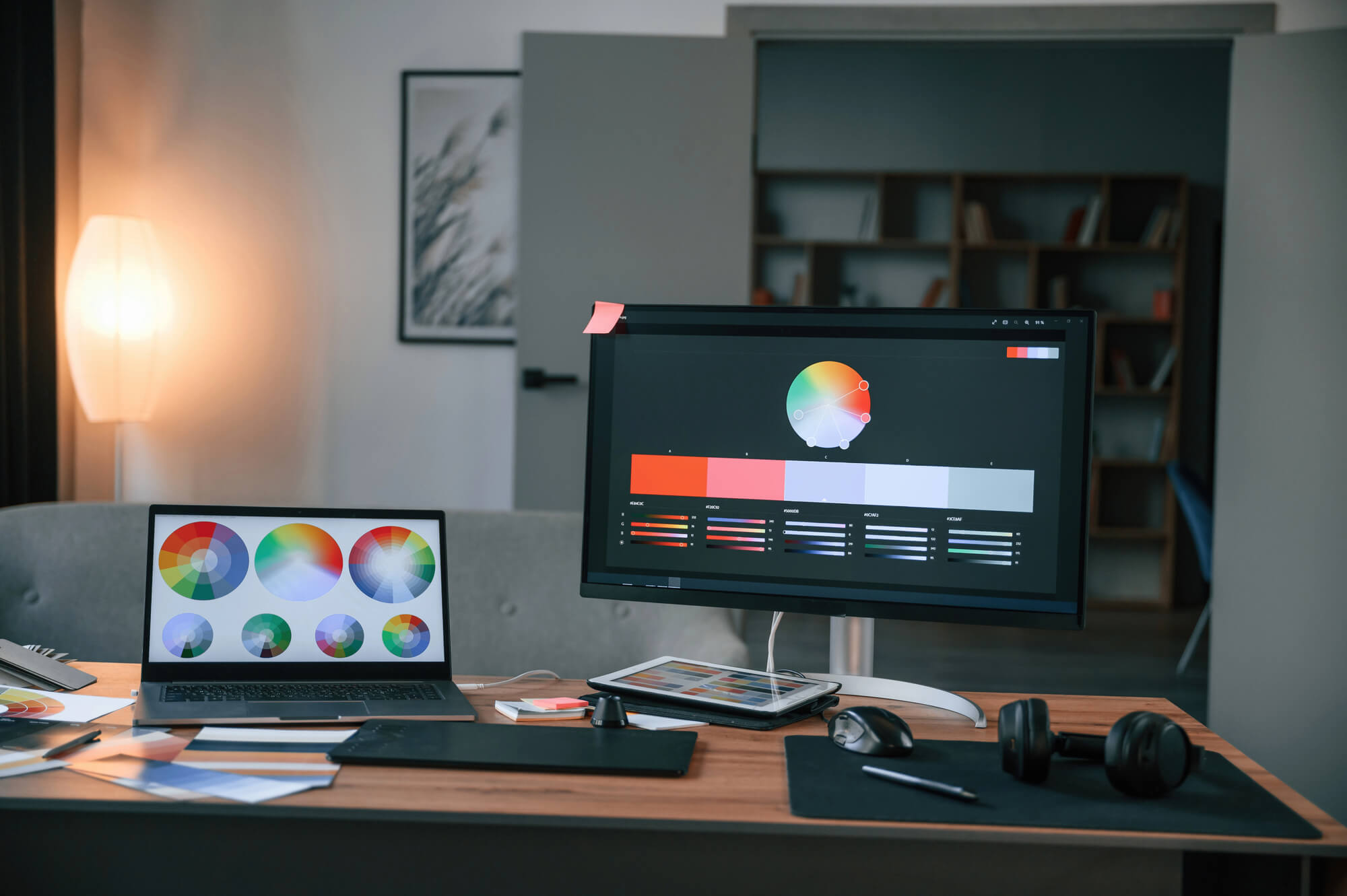Automation of customs clearance is a “must have” of the customs reform. However, Ukraine still has a lot to do in this area. For example, customs processing of regular shipments during less than 5 minutes without the involvement of a customs officer –is not a “science fiction” for quite a long time. Potentially Ukraine could process at such speed more than 40% of the existing flow of goods. What has to be done to facilitate trade while maintaining effective controls?
It is obvious, that facilitation of international trade and liberalization of customs regulations improve business climate and promote economic growth. Ukraine is not an exception. That is why discussions regarding automation of customs have been going on for years.
In its study Trade Facilitation Indicators, the Organization for Economic Cooperation and Development (OECD) defines automation as one of the three key indicators used for evaluating the efficiency of border formalities. Ukraine’s automation indicator is 0.75. This is a significant lag as compared to countries with a lower-than-median income (1.12), not to mention countries using “the best practices” (1.92). Accordingly, OECD’s recommendations for Ukraine is to ensure a full-scale automation of customs clearance, to strengthen risk management, and to upgrade its customs information systems.
Legislative background
Since last June, Verkhovna Rada has been considering the draft law No. 4777. It provides for essential customs control and clearance simplifications to bona fide companies that obtained the Authorized Economic Operator status (AEO).
Introduction of the AEO concept with consideration for Ukrainian realities has already been long discussed in expert circles. At the same time, the experts and the legislators left unaddressed other important novelties of the said bill – those that introduce automation of customs formalities and facilitation of customs clearance not only for AEO but also for a wider range of Ukrainian businesses.
In particular, these novelties include the following:
- Automatic registration of customs declarations by the customs authorities;
- Automatic identification of required control measures (inspection, examination of papers, etc.) under customs declaration;
- Performance of a part or all of the customs formalities by the automated customs clearance system without participation of a customs officer.
Therefore, if the draft law is adopted and implemented fully automated customs clearance will become potentially accessible to any company. If the automatic check of the customs declaration has revealed no substantial risks, customs officer would not be involved in the control: computer will finalize customs clearance.
Automated customs clearance helps to achieve several objectives simultaneously:
- Accelerated customs clearance will reduce export and import expenditures for Ukrainian businesses.
- The general business environment will be improved and the country’s logistic potential will be unlocked.
- The automation will minimize the significance of the “human factor” during the customs clearance, thus reducing corruption risks.
Global experience
As a result of automation of the customs clearance in EU Member States, 63% of the customs formalities are completed in less than 5 minutes; for 28% of the declarations, the clearance time ranges between 5 minutes and 1 hour.
In ex-USSR states, reforms related to automation of customs formalities are also underway. In 2016, an experiment was launched in Belarus providing for customs clearance of export goods in an exclusively automated way, without any human involvement. As a result, the average export clearance time was reduced to 5 minutes.
The Russian customs authorities took a similar path. At first, in 2015, they introduced automatic registration of customs declarations; at present, they are piloting a system for automatic customs release of goods (primarily those being exported). In 2016, about 50% of declarations were automatically registered in Russia and about 5% of the goods were released without participation of customs officers.
In some developing countries automated customs clearance has been implemented on the basis of tacit consent. For example, in Mauritius computer finalizes customs clearance if customs officer does not provide any checks within 30 minutes after acceptance of the customs declaration.
Who will be exempt from customs controls
In no way introduction of automated customs clearance means cancellation of customs controls. It stands to reason that release of goods from customs without human involvement is possible only in the absence of considerable risks of violations. This requires appropriate risk management by customs.
Risk analysis and management is an internationally recognized tool used by customs administrations. The World Customs Organization (WCO) has dedicated 2017 to promoting data analysis and processing. In many WCO member countries, all customs declarations are distributed into the following color channels (corridors) depending on the level of risk:
- Green channel: for declarations with the lowest risk level – no specific controls (inspection of goods or examination of related papers) are necessary. For this category fully automated customs clearance is possible.
- Yellow channel: certain risks are involved – it is necessary to examine the documents accompanying the goods.
- Red channel: highest risk level. Physical examination of goods is required (inspection, laboratory analysis of probes and samples, etc.).
Ukrainian customs authorities operate a fairly modern automated risk analysis and management system (ASAUR) that can identify risks automatically. However, from the legislative viewpoint, in Ukraine all customs declarations are considered as being in the yellow or red corridor. To finalize all the successive stages of customs clearance (checking the correctness of customs valuation, of goods classification, etc.), in 100% of cases the customs officer has to verify the whole customs declaration and examine the accompanying documents. Obviously, quality checking is unrealistic under such circumstances. In turn, the necessity for participation of a customs officer in inspection of every single declaration extends the total clearance time and creates an opportunity for corruption (since the decision to release goods always depends on a particular person).
Experience of other countries shows that the percentage of shipments potentially suitable for automated clearance is rather high.
According to IMF study, countries with a lower-than-median income (the group that Ukraine belongs to) let about 42% of all the customs declarations pass through the green corridor.
If at least one third of all the customs declarations in our country is automatically cleared in less than 5 minutes, this would be a significant step in international trade facilitation.
By contrast, further lack of progress in this area would only contribute to increasing Ukraine’s lag behind other countries – those that have already introduced or are introducing automation of customs formalities, thus facilitating their cross-border trade. This lagging behind is clearly not in the interests of Ukrainian community; nor does it increase the competitiveness of Ukraine’s economy.
Main photo: depositphotos.com / CatTheSun
Attention
The authors do not work for, consult to, own shares in or receive funding from any company or organization that would benefit from this article, and have no relevant affiliations





